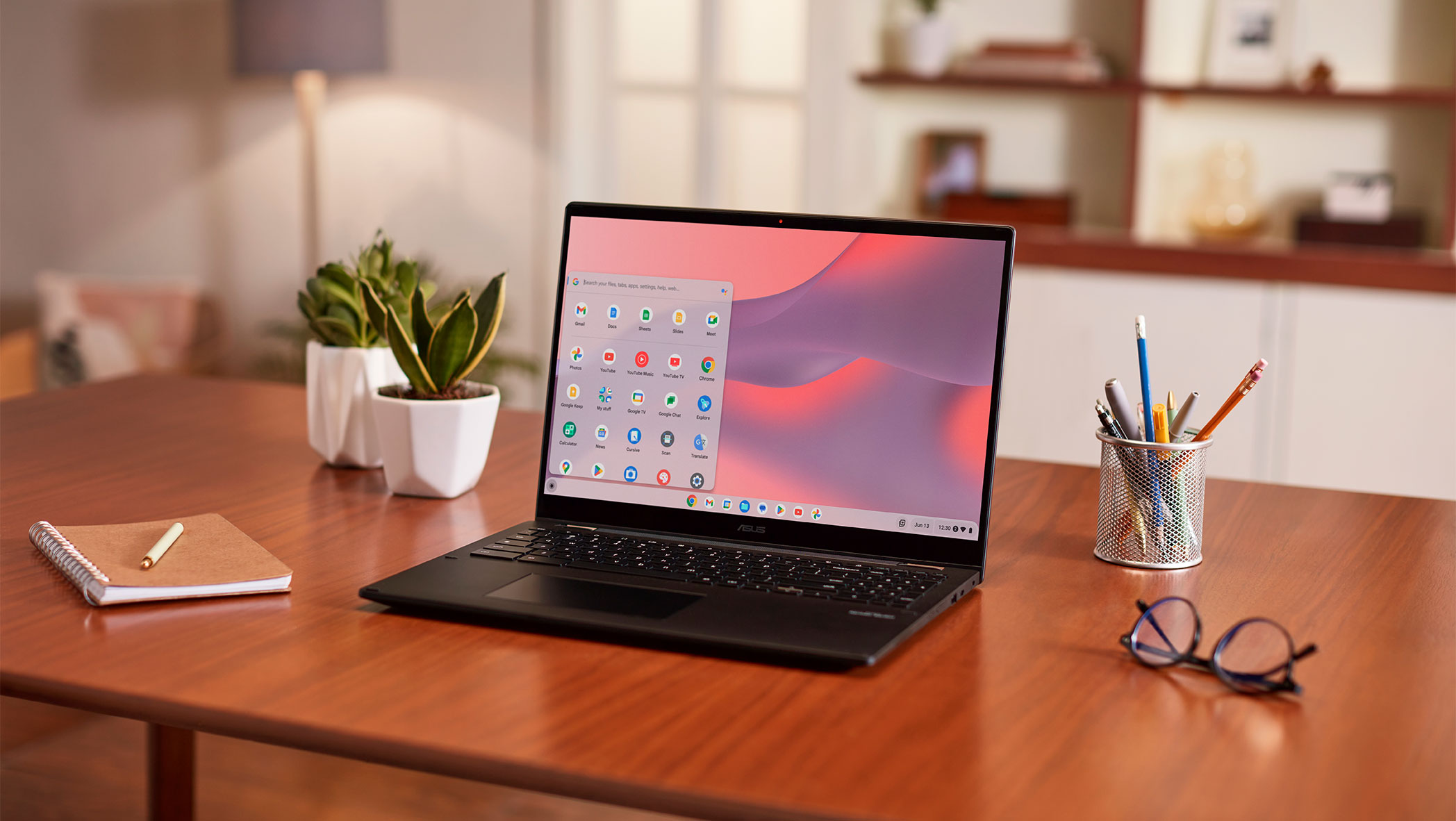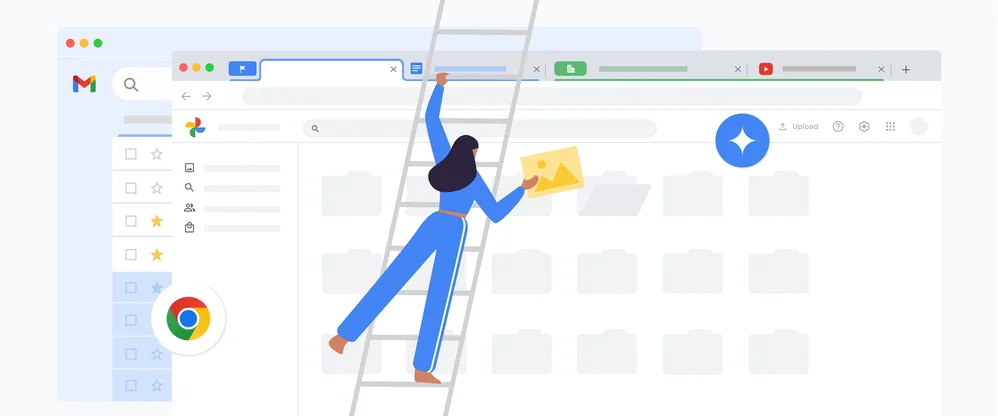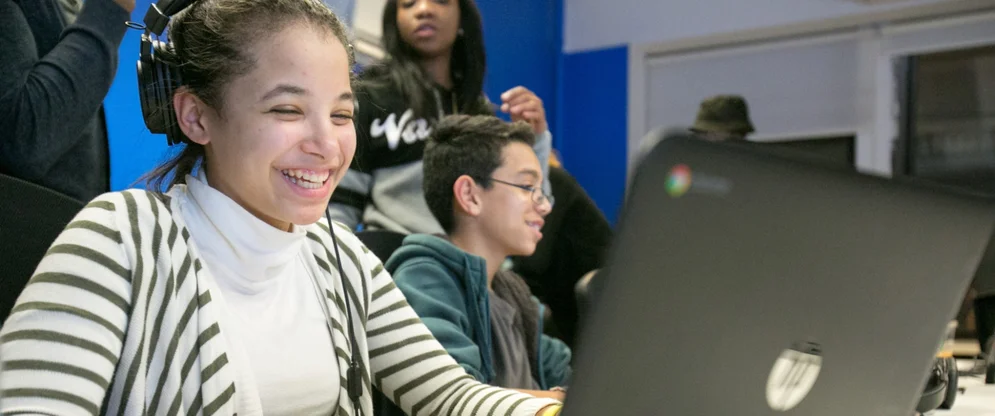Using Google for Education tools to create community at Lundavra Primary
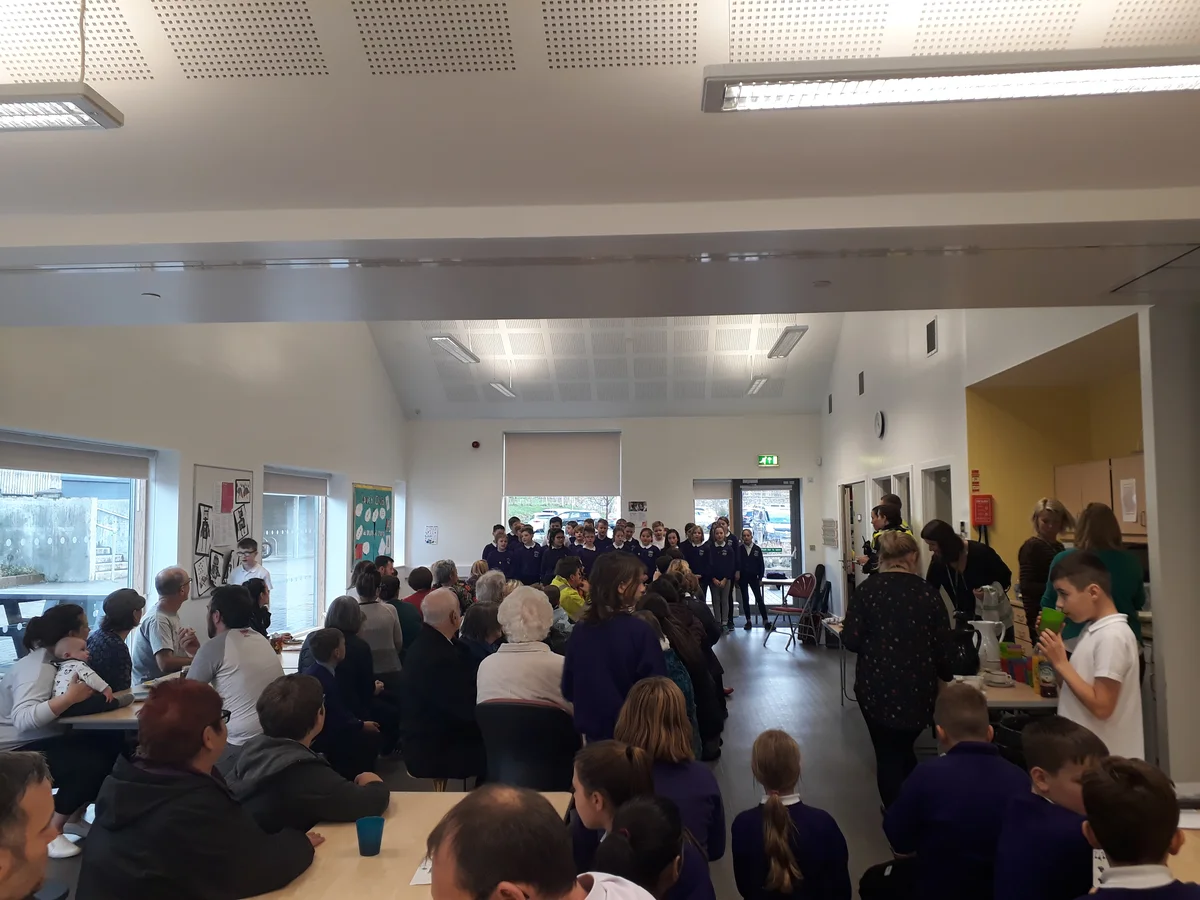
Editor’s note: Today’s post is by Harriet Ogilvie, a teacher at Lundavra Primary School in Fort William, Scotland. Harriet was one of the many teachers who recently joined us at BETT 2019 to share stories about using technology that engages students and transforms learning. Below, Harriet explains how she and other Lundavra teachers help students build communication skills and create online portfolios using G Suite for Education.
At Lundavra Primary School, students and teachers encourage parents and other local residents to visit our schools and learn about what’s happening in our classrooms. It’s important to us that we connect the Fort William community to the life of the school. To make this happen, we invite everyone in the area to “Community Cafes,” once-a-month social events featuring student singing, homemade baked goods and a book exchange.
After the Community Cafes, students with Chromebooks in hand ask people if they enjoyed attending, and what they’d like to see at future Cafes. The students enter responses into Google Forms, which is helpful for us teachers as we plan our future community events—plus, it’s much easier to keep track of than paper forms that wouldn’t be returned. When students are getting this feedback using Google Forms, they can connect and communicate with fellow students, teachers and people in the community. Students learn language and communication skills as they formulate questions to ask attendees and start conversations with adults.
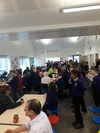
Check out the Community Cafe at Lundavra Primary School!
I like talking with my granny and her friends and helping her use the Chromebook.
For students, gaining digital skills and building confidence often starts in the Community Cafes, but continues through students’ development of learning portfolios, which are records of their classroom projects and their accomplishments. The portfolios help pupils take ownership of their learning and show what they've accomplished to peers and parents.
These portfolios used to be on paper. When we switched to online portfolios, students could be more creative in telling stories about their academic careers—for instance, by creating video book reports and adding photos of themselves and their classmates. They build portfolios using Google Sites—a much more flexible and engaging tool than paper portfolios that weren't easy to share and frequently misplaced. Students use the Padlet app with their Chromebooks to write regular reflections about their work, and embed the Padlet pages into their Google Sites. Using YouTube, students work with their peers to create vlogs about stories they write themselves. By the time students reach Year 7, they can teach their younger classmates how to build online portfolios—a confidence-building exercise for those about to move on to secondary school.
I am better at talking to people I don’t know. I enjoyed looking at the data we collected from our Google Forms survey. I made it into bar graphs and pie charts to make it easier to understand.
Teachers and students need tools that encourage students to leave their comfort zones. In our case, the tools in the background are from Google: Videos, portfolios, surveys, documents and online research that inspire students to choose how they want to learn and create. Every time students use Google tools, they learn skills that go beyond the lesson at hand. When they build their online portfolios, students learn how to organize content; when they teach younger students how to use Google Sites, they learn about leadership. And when teachers create assignments in Google Classroom and provide comments while students are working, students learn to give and receive feedback and collaborate with others. We’re excited to find new ways to use Google to help our students become confident, engaged learners.
